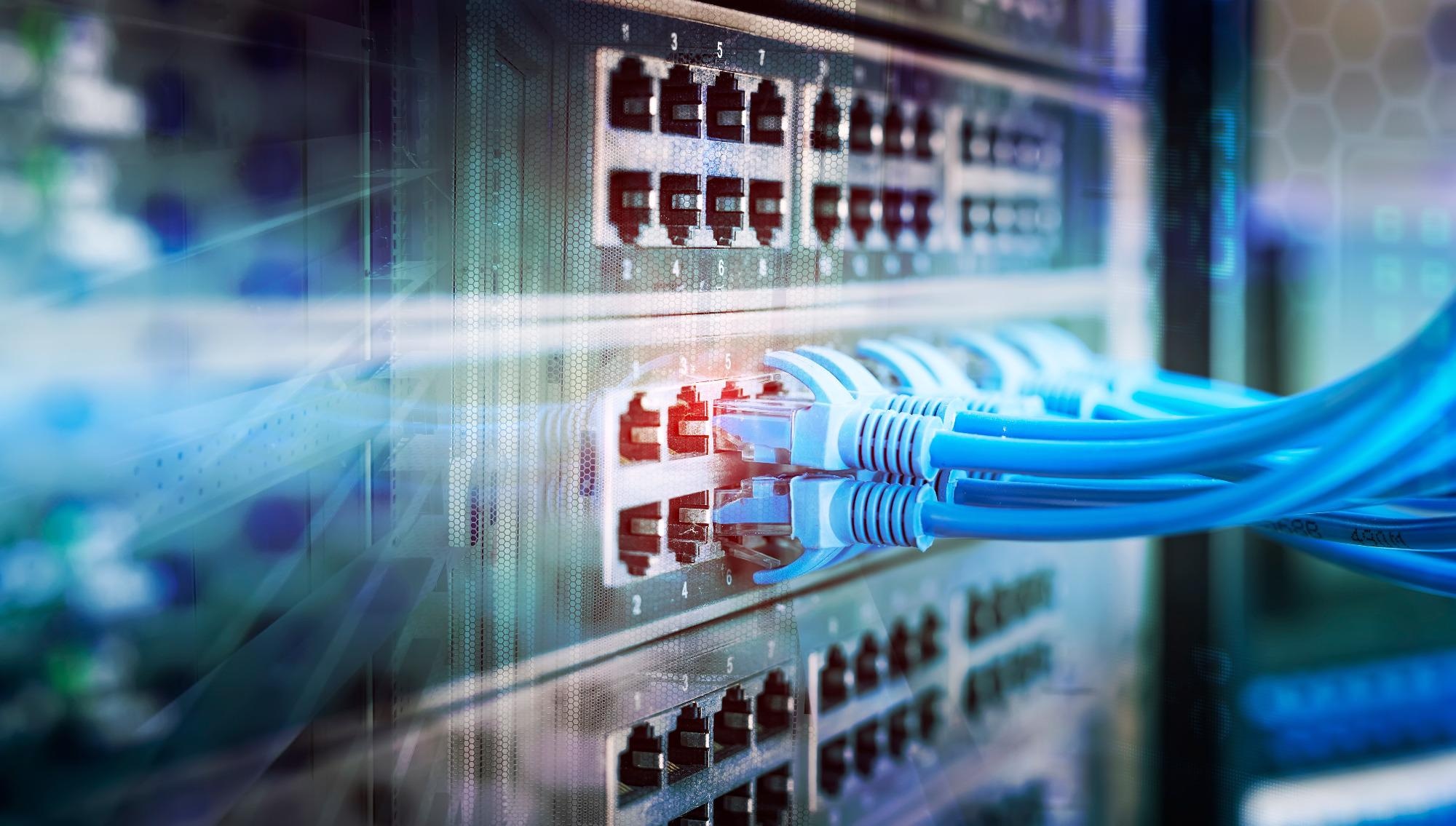Jun 7 2021

Image Credit: Shutterstock.com/asharkyu
With the massive proliferation of data-heavy services, including high-resolution video streaming and conferencing, cloud services infrastructure growth in 2021 is expected to grow to a 27% CAGR. As a result, while 400 Gigabit Ethernet (GbE) is presently enjoying extensive deployment, 800 GbE is set to quickly follow to address bandwidth demands.
One method to 800 GbE is to set up eight 100 gigabits per second (Gbps) optical lanes or interfaces. As an option to decrease the hardware count, lower cost and boost reliability, a research group from Lumentum has designed an optical solution that employs four 200 Gbps wavelength lanes to reach 800 GbE.
Syunya Yamauchi, who is working as a principal optical engineer at Lumentum, will present the improved design during a session at the Optical Fiber Communication Conference and Exhibition (OFC), which is being held virtually from June 6th to 11th, 2021.
“Active optical devices are the most important components of optical communications systems,” stated Mike Staskus, vice president of Datacom Product Line Management at Lumentum.
To reach high-bandwidth, high-speed operations, Yamauchi’s group has designed a lumped-element (LE) electro-absorption modulator-integrated distributed feedback (EA-DFB) laser that can transmit 2 km — a transmission length requirement for several contemporary large data centers — of 224 Gbps signals working across a broad temperature range.
There are tradeoffs between high bandwidth and modulation characteristics, such as extinction ratio. We overcame the tradeoff by optimizing the design of EA-DFB using a simplified packaging method.
Mike Staskus, Vice President of Datacom Product Line Management, Lumentum
When compared to a traditional EA-DFB, the decreased capacitance and inductance of the LE EA-DFB caused by design and assembly optimizations in the EA modulator enhances its bandwidth and power.
It can enable the development of optical transceivers with twice the data rate of current 400 GbE modules, without dramatic increases in the cost and power consumption, by using higher-speed laser transmitter chips that do not require power-hungry thermoelectric coolers.
Mike Staskus, Vice President of Datacom Product Line Management, Lumentum
These findings indicate that the LE EA-DFB could allow 800 GbE applications, rendering this device a potential light source for upcoming data center applications.
Next-generation lasers using this same ‘toolbox’ of advanced semiconductor and packaging processes may enable higher speeds, longer reaches and lower costs with the competitive levels of performance, reliability, and power consumption. With the increase of various data streaming and other internet services, intra-data-center links will require higher speeds, including 1.6 terabits per second and beyond.
Mike Staskus, Vice President of Datacom Product Line Management, Lumentum